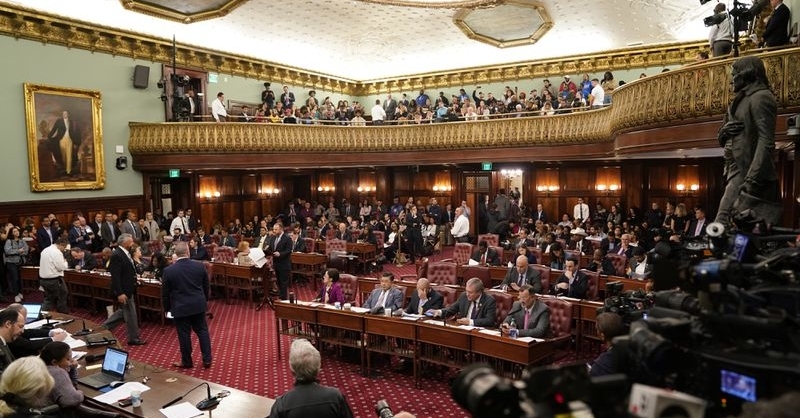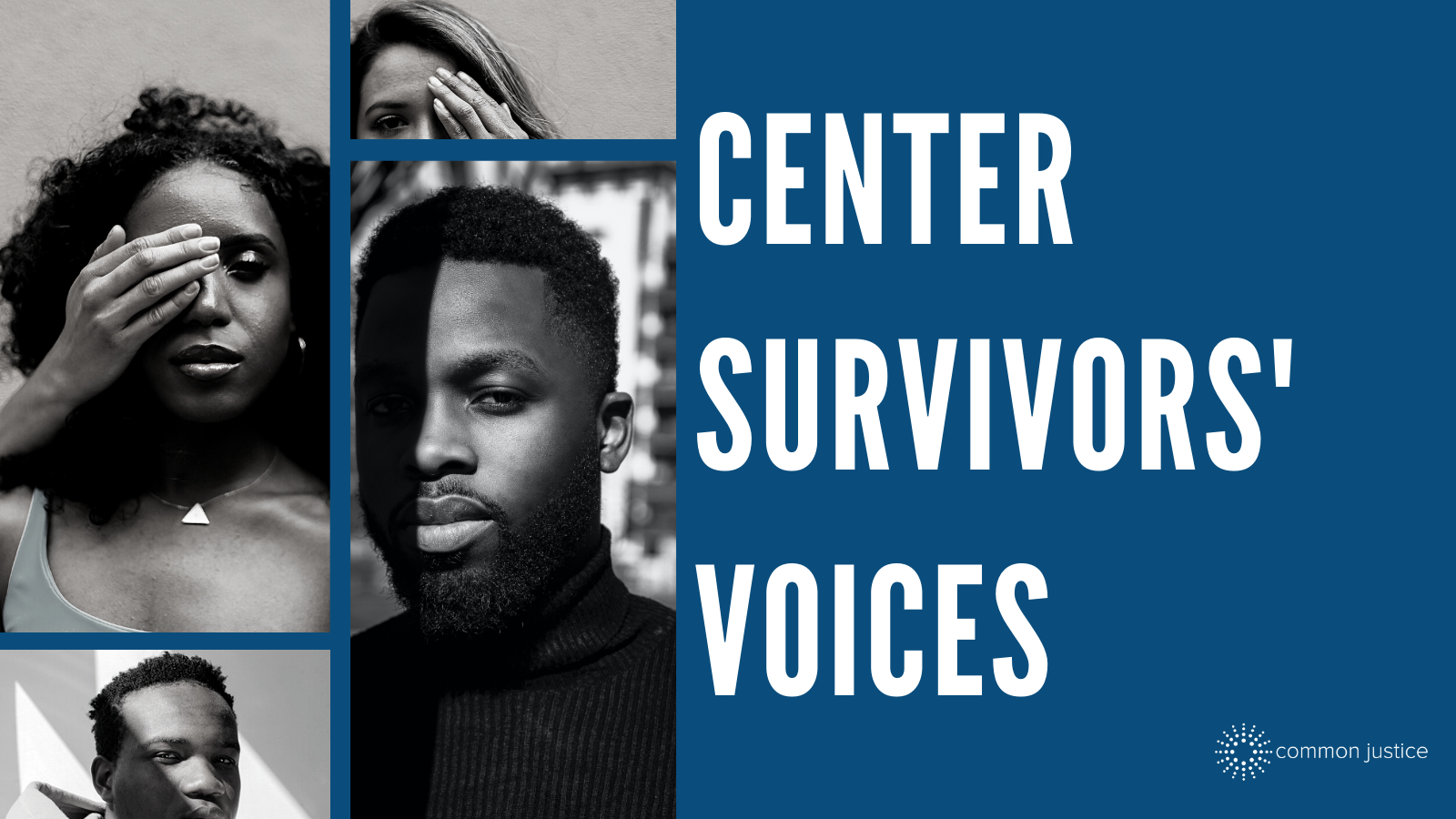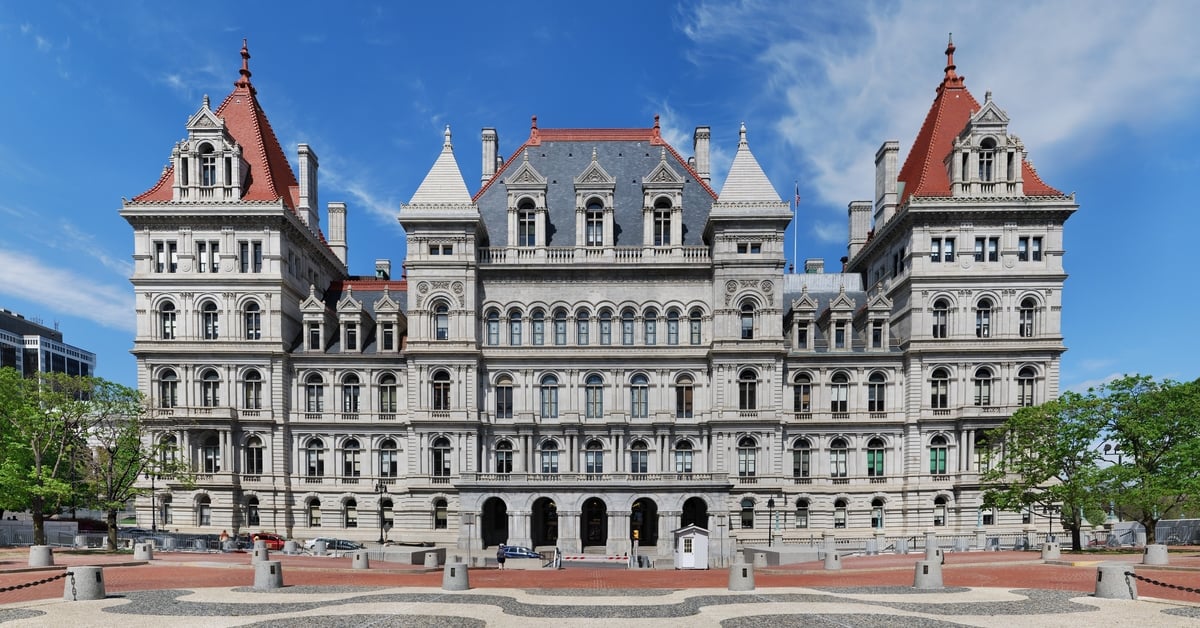Common Justice Testimony Women and Gender Equity Hearing on Survivor Access to Services

My name is Jessica Persaud and I am the Director of Policy at Common Justice. I am speaking today to urge the City Council to pass Resolution T2022-0153 calling on the New York State Legislature to pass, and the Governor to sign, the Fair Access to Victim Compensation Bill, S7573/A8619A, sponsored by Senator Myrie and Assemblymember Meeks. S.7573/A.8619A seeks to expand eligibility for victims and survivors of crime to access victim compensation funds.
Common Justice is a restorative justice-based project that addresses crime in a way that meets the needs of victims and survivors, reduces recidivism and improves participants’ satisfaction with the criminal legal system. It was the first program of its kind in the country and serves as both an alternative to incarceration for young people who commit serious crimes and a victim service program for those they harm. The project presents a ground-breaking approach to violent crime that gives victims and survivors more options and reaches those currently underserved by current programs, including young men of color (who make up 70% of the survivors Common Justice serves).
At Common Justice, we see the struggles that survivors face first hand, including the limited reach of our state’s victim compensation program. Victim compensation is state-administered, federal funding that provides financial reimbursement for costs associated with crimes, such as hospital bills, burial expenses, mental health counseling, temporary housing, and replacing locks. This funding helps survivors regain stability after experiencing traumatic events by providing basic support and by helping reduce the accumulation of debt. Unfortunately, these funds are not always distributed equitably due to systemic barriers, including denial of compensation due to alleged contributory conduct, definition of harm restricted to physical injury, strict filing time constraints, and, most pressingly, onerous law enforcement reporting requirements.
Law enforcement reporting as a threshold requirement for victim services has been widely recognized as problematic due to the pervasive lack of reporting by marginalized populations, including LGBTQIA+ survivors, survivors of color, immigrant survivors, gun violence survivors and survivors of police violence. In 2019, over 50% of violent victimizations in the United States went unreported to law enforcement.1 Survivors may not report the harm that they have experienced for a number of reasons, including a belief that police could not do anything to help, fear of retaliation, distrust in law enforcement, the dynamics of an intimate partner relationship or a fear that the process of reporting to the police may be re-traumatizing and/or make them less safe.
Black men under the age 35 who live in households with annual earnings below $25,000 in metropolitan areas are more likely to experience violent victimization than any other group, yet are the least likely to receive victim compensation due to a reluctance to interact with law enforcement.2 Many LGBTQIA+ victims/survivors of violence report that they do not trust and fear the police. Approximately 50% of respondents to a 2015 U.S. Transgender Survey reported that they would feel uncomfortable asking police for help.3 Immigrant survivors fear that calling the police may result in the person who harmed them being deported or that they themselves might be deported or lose their pathway to citizenship. The disparity between genders is also alarming. Among those who do access victim compensation, the majority are White women between the ages of 29 and 59.2 This is unsurprising, as research indicates that White women, particularly those who are wealthy, are empowered to access social services and report their harm to authorities. Unfortunately, other survivors who fear interacting with the police are barred from collecting victim compensation, despite their need for life-saving funds.
Equity in access to victim services and compensation is also crucial in interrupting violence in our communities. Recently, the Adams Administration released “The Blueprint to End Gun Violence.” In the report Mayor Adams proposes ways to combat gun violence in New York City, focusing primarily on increasing police presence and expanding surveillance in minority communities--neither of which has been proven to reduce violence of any kind. The plan makes no mention of how the city plans to help the survivors of gun violence, which disparately affects residents of those minority communities. During the first half of 2012, 96% of shooting victims in New York City were Black or Latinx.4 Black Americans are 18 times more likely to be harmed by gun violence than their White counterparts and gun violence is particularly concentrated in areas with high poverty rates.5 Violence is more prevalent where residents face financial stress and instability.6 Without a focus on these survivors and a commitment to creating pathways for healing that will help survivors find stability, we do not have a real chance at permanently ending the cycles of violence that plague our communities.
New York State can expand these pathways and create equitable access to victim services by enacting Fair Access to Victim Compensation, S.7573 (Myrie)/A.8619A (Meeks). This bill increases access to, and the equitable distribution of, victim compensation funds for vulnerable populations by removing mandated interactions with law enforcement. The legislation achieves this by expanding the type of evidence survivors may use to show that a qualified crime has occurred to include attestations from victim service providers, medical personnel, witnesses to the crime. We ask that City Council join us in this fight by passing Resolution T2022-0153 to call on the State to make this legislation law.
Thank you for your time.
1 Morgan, R. E., & Thompson, A. (2021, October). Criminal Victimization, 2020. US Department of Justice Bureau of Justice Statistics. https://bjs.ojp.gov/sites/g/files/xyckuh236/files/media/document/cv20.pdf
2 Warnken, H., & Lauritsen, J. L. (2019). Who Experiences Violent Victimization and Who Accesses Services? Findings from the National Crime Victimization Survey for Expanding Our Reach.
3 James, S. E., Herman, J. L., Rankin, S., Keisling, M., Mottet, L., & Anafai, M. (2016). Executive Summary of the Report of the 2015 U.S. Transgender Survey. https://transequality.org/sites/default/files/docs/usts/USTS-Executive-Summary-Dec17.pdf
4 Sered, D. (2014). Young Men of Color and the Other Side of Harm: Addressing Disparities in our Responses to Violence. Vera Institute of Justice. https://www.vera.org/downloads/Publications/young-men-of-color-and-the-other-side-of-harm-addressing-disparities-in-our-responses-to-violence/legacy_downloads/men-of-color-as-victims-of-violence-v3.pdf
5 A Fund for Healing: VOCA Grants for Violence Reduction. (2020). Everytown for Gun Safety: Research & Policy. https://everytownresearch.org/report/voca/
6 Reducing Violence Without Police: A Review of Research Evidence . (2020, November 9). John Jay College’s Research and Evaluation Center. https://johnjayrec.nyc/2020/11/09/av2020/


